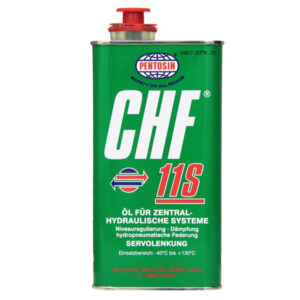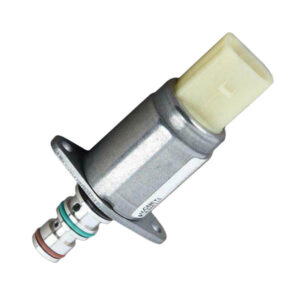
On/Off Valve – Audi R8 R-Tronic
The selection solenoid valve (marked ‘OOV’) is responsible for moving the gear selector sideways to select gear pairs. If this two-way on/off valve fails, the car may be unable to engage one or more gears. Note: the product photo is for illustrative purposes only, the valve is supplied without the Magneti Marelli sticker.
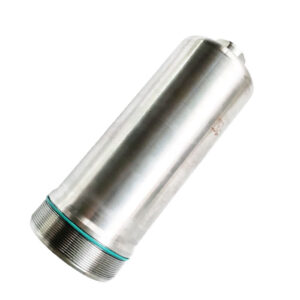
Pressure Accumulator – Audi S-tronic 0CK 0CL 0CJ 0HK DL382
The pressure accumulator is a crucial component of the Audi S-tronic transmission, responsible for storing hydraulic pressure to ensure smooth and rapid gear changes. A defective pressure accumulator can lead to delayed gear shifts, irregular transmission behavior, or error messages in the vehicle’s diagnostic system. We offer an original, unused OEM part that has been removed from a brand-new transmission. Please mind that due to the nature of the disassembly process and the metal surface, the part may show minor handling marks and can develop light surface rust.
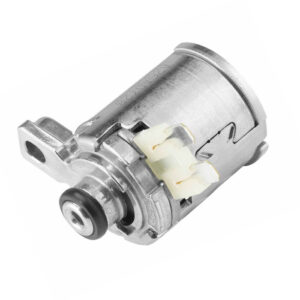
Pressure Control & Clutch Cooling Valve – Audi S-tronic 0B5 DL501
This solenoid valve is used twice in the Audi S-tronic transmission, serving as the line pressure control valve (N472) and the clutch cooling valve (N471). N472 regulates the main hydraulic pressure, ensuring smooth gear shifts and proper clutch engagement. N471 controls the flow of cooling oil to the dual clutch, helping to maintain safe operating temperatures, especially under high load. A malfunction of N472 may lead to hard or delayed shifts, poor drivability, or activation of limp mode. If N471 fails, the clutch can overheat, triggering protective functions and reducing performance. Both valves are essential for the reliable operation of the transmission. We supply original solenoid valves from BorgWarner – exactly the same parts that are installed in the transmission during vehicle production.

Pressure Sensor – Audi A3 S3 Q3 TT DQ250 S-tronic
This sensor is used in the Audi S-tronic DQ250 transmission to measure hydraulic pressure at the clutches; two are installed per gearbox. It sends real-time pressure data to the transmission control unit to ensure smooth gear shifts and optimal clutch operation. If the sensor is faulty, symptoms may include harsh or delayed shifting, gear slipping, warning lights, stored fault codes, or activation of limp mode.
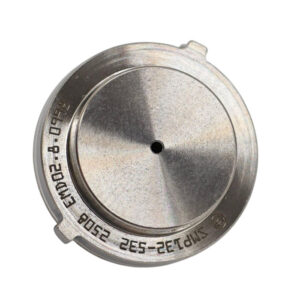
Pressure Sensor – Audi Q3 RS3 TT RS DQ500 S-tronic
The pressure sensors measure the hydraulic pressure at the two clutches of the S-tronic transmission and transmit this data to the transmission control unit (TCU), which uses it to regulate clutch operation. Two of these sensors are installed in the system. These sensors are prone to failure and are by far the most common issue in the S-tronic DQ500 transmission. As a result, clutch control problems may occur, often accompanied by the well-known error codes P1735 and P1736. We supply brand-new, original Bosch sensors – exactly the same parts installed in the transmission at the factory. These are the third and significantly improved version of the Bosch sensor, widely used by renowned workshops for S-tronic and DSG transmission repair.
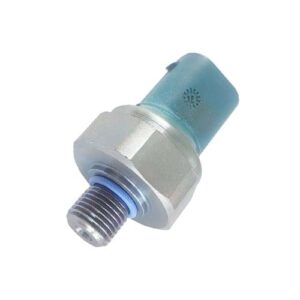
Pressure Sensor – Audi R8 R-Tronic
The pressure sensor is responsible to detect the hydraulic pressure in the accumulator of the R-Tronic system. This is an original and brandnew spare part.

Pressure Sensor – Audi S-tronic 0B5 DL501
Two of these sensors are installed in the Audi S-tronic transmission to measure the hydraulic pressure at the clutches.
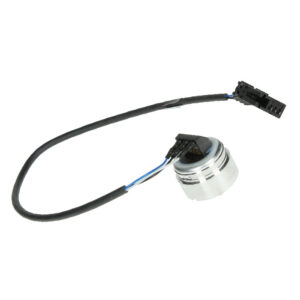
Pressure Sensor – Audi S-tronic 0CK 0CL 0CJ 0HK DL382
This sensor is used in the Audi S-tronic transmission to measure hydraulic pressure at the clutches; two are installed per gearbox (G545 and G546). It sends real-time pressure data to the transmission control unit to ensure smooth gear shifts and optimal clutch operation. If the sensor is faulty, symptoms may include harsh or delayed shifting, gear slipping, warning lights, stored fault codes, or activation of limp mode.
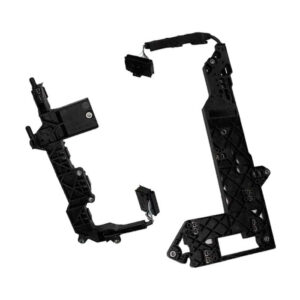
Printed Circuit Boards – Audi S-tronic 0B5 DL501
The printed circuit boards (PCB) are crucial components of the S-tronic transmission and are directly connected with the transmission control module (TCM). Various sensors are mounted on these boards, including the gearbox input shaft sensor and gear sensor. A defective PCB can cause various issues in the vehicle’s transmission system, including implausible signals from the engine control unit and electrical faults in multiple solenoid valves across different sub-transmissions. Additionally, problems can arise with the main pressure valve, cooling oil valve, and clutch temperature monitoring system, potentially leading to torque limitations due to high clutch temperatures. These electrical malfunctions can significantly affect the overall performance and reliability of the transmission system.
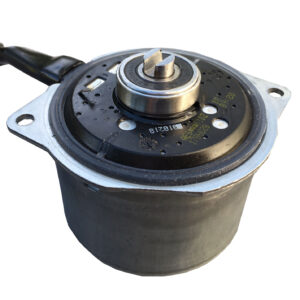
Pump Motor – Audi A6 Allroad Low Range
New pump motor for Audi A6 Allroad 6-speed manual transmission with low range package
- Plug & Play installation
- Equipped with original plug
- 12-month warranty included
- Made in Germany
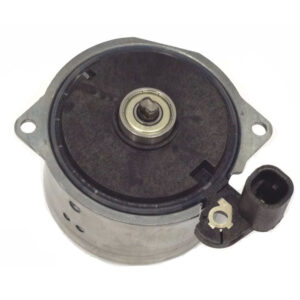
Pump Motor – Audi R8 R-Tronic
The pump motor drives the gear pump, which generates the pressure for the R-Tronic transmission. Both parts together form the hydraulic pump. Without hydraulic pressure, the transmission cannot perform any action – neither change gears, nor operate the clutch. Therefore, the hydraulic pump is the most important component in the system.
In most cases, it is sufficient to replace only the electric motor, as this is a wearing part. The gear pump fails only very rarely. Another advantage is that when only the pump motor is changed, the hydraulic system does not need to be bled afterwards, unless it has been opened.
We sell an original, brand new Magneti Marelli spare part – the same part you would get from Audi.
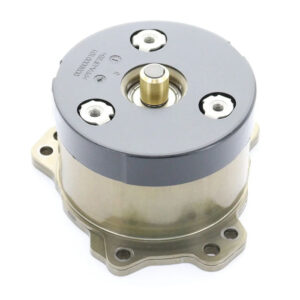
Pump Motor – Audi S-tronic 0CK 0CL 0CJ 0HK DL382
This electric motor drives the gear pump of the mechatronic unit in the Audi S-Tronic transmission and is therefore directly responsible for generating hydraulic pressure. The hydraulic pressure is needed to control the clutches and gear actuators.
This part often fails due to improper installation and incorrect procedures during transmission work. If the mechatronic unit is connected to the vehicle’s electrical system before it is filled with oil, the pump motor may begin running continuously. As a result, the pump can overheat quickly, leading to damage to the electric motor and potentially to the gear pump as well. It is therefore crucial to follow the official procedures from the Audi workshop manual precisely and to set the vehicle into the appropriate service mode when working on the mechatronic unit. A defective pump motor will lead to a complete transmission failure.
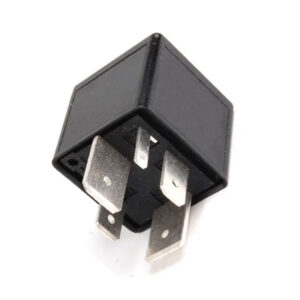
Pump Relay – Audi R8 R-Tronic
The electromagnetic relay is responsible to turn on / off the hydraulic pump of the Audi R8 R-Tronic system. A broken relay causes the pump to fail priming. Without hydraulic pressure, the system cannot engage the gears or clutch.
We sell an original and brand-new spare part.
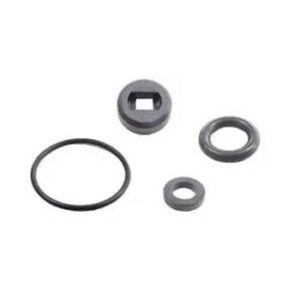
Service Kit Hydraulic Pump – Audi R8 R-Tronic
The service kit includes the plastic coupling, which connects the shaft of the gear pump with the shaft of the electric motor, as well as seals.
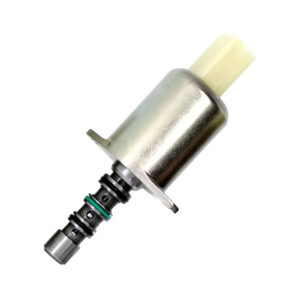
Shift Valve – Audi R8 R-Tronic
The shift solenoid valves (marked with “PPV”) are responsible for changing the gears of the R-Tronic system. There are two of these valves on the actuator. Together with the on/off valve, they operate the shift actuator. If one of the valves is faulty, the car will refuse to go into one or more gears.
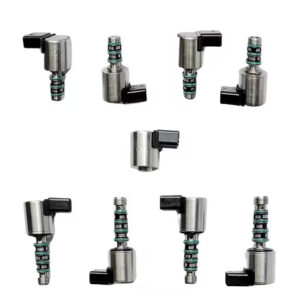
Solenoid Valve Kit – Audi S-tronic 0CK 0CL 0CJ 0HK DL382
This set of includes new original solenoid valves that have been removed from an unused transmission. It is an ideal solution for comprehensive rebuilds or in cases where it’s unclear which solenoid valve is defective.
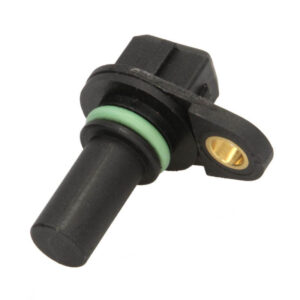
Transmission Speed Sensor – Audi R8 R-Tronic
This sensor provides the speed signal of the transmission input shaft. The speed signal is required by the control unit to control the transmission system, adjusting properly the shaft speeds before engaging and disengaging the different gears.

Valve Body Separator Plate – Audi Q3 RS3 TT RS DQ500 S-tronic
The separator plate of the valve body is a high-precision component for the S-tronic DQ500 dual-clutch transmission. It functions as a critical control plate and seal within the mechatronic unit, directing hydraulic fluid through the integrated channels – for example, from the solenoid valves to the shift actuator or the clutch. It is recommended to replace this plate when working on the mechatronic unit.






